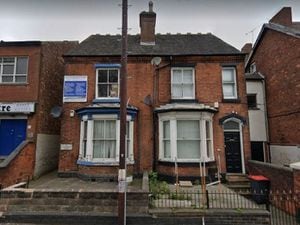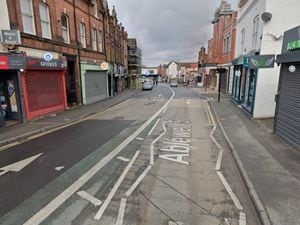Bedsits plan for empty Walsall offices approved
Disused town centre offices in Walsall are set to be converted into bedsits to provide "much-needed accommodation" in the area.

Walsall Council planners have given the go-ahead for Anjum Design to build extensions to Alexander House in Bradford Street and create a total of eight bedsits.
The building sits in the Bradford Street Conservation Area but the applicants said the development would not cause any harm and would improve its current condition.
Anjum Design said: “The building is currently vacant offices. We believe the proposal to be in accord with the suggested densities of development for a sustainable future, does not alter the street scene and provides much needed accommodation in the area.
“The property is positioned close to the centre of Walsall, giving convenient access to shops, local facilities and amenities.
“The proposal is for eight bedsits. All bedsits meet the requirements for Walsall Council’s Housing Standards and have their own bathroom and kitchen facilities.
“Seven of the bedsits will be accessed from the main front entrance of the building and the ground floor bedsit to the rear of the property will have its own access from the rear of the building.
“Each bedsit has its own private entrance off the hall and landing. The site is close to the centre of Walsall and in very close proximity to existing bus routes and the rail network.
“This proposal will not alter the street scene and has no impact on surrounding properties, providing much needed domestic accommodation in the area.”
A heritage assessment was also carried out and concluded the development would not have a negative impact on the area.
It said: “The proposed change of use from offices together with ground floor and first floor extensions to create eight bedsits, will not alter the external appearance of this building or its setting.
“As such it will not have any adverse affect on the identified Historic Assets, namely those aspects of the character of Conservation Area to which the building presently contributes or the character and setting of the nearest listed buildings, but will in fact improve the appearance and setting.”





